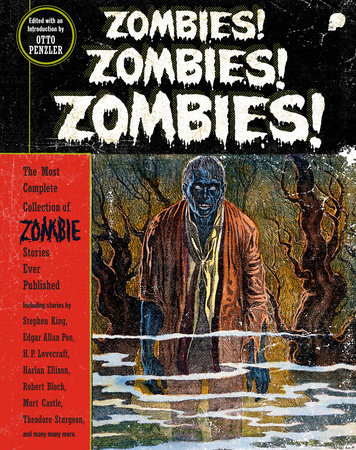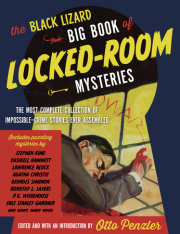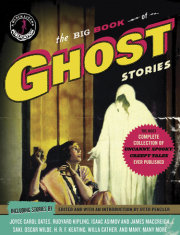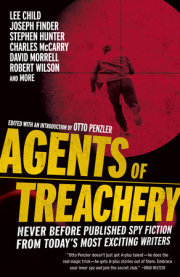Introduction
by Otto Penzler
ZOMBIES AIN'T WHAT they used to be. Not so long ago, they were safely ensconced on Haiti so the rest of the world could merely scoff at the bizarre myth of the living dead on one relatively small Caribbean island. Well, they have proliferated at an alarming rate, invading the rest of the world, and it seems unlikely that they have any intention of going away anytime soon.
W. B. Seabrook, in his 1929 book,
The Magic Island, recounted “true” tales of voodoo magic on Haiti bringing the recently dead back to life as slow- moving, virtually brain-dead creatures who would work tirelessly in the fields without pay and without complaint. These stories introduced the zombie to much of the world, though most national folklores have similar tales and legends. A decade after Seabrook’s groundbreaking volume, Zora Neale Hurston researched Haitian folklore and told similar stories of eyewitness accounts of zombies, as have subsequent anthropologists, sociologists, and others not prone to imaginative fancies.
If zombie literature began with the reportage of Seabrook, it had powerful ancestral works on which to draw. Stories of the living dead, or ghouls, or reanimated people, have existed since the
Arabian Nights tales and borrowed from other horror story motifs, from the lurching reanimated monster of Mary Shelley’s
Frankenstein to the undead vampires of John Polidori’s
The Vampyre and Bram Stoker’s
Dracula.
Several of the most distinguished short-story writers of the nineteenth century turned to figures who had been dead but then, uh-oh, were alive. Edgar Allan Poe was almost relentless in his use of the dead coming back to life, most famously in “The Fall of the House of Usher” but most vividly in his contribution to this volume, “The Facts in the Case of M. Valdemar.” Guy de Maupassant’s poignant “Was It a Dream?” lingers in the memory as an example of how a corpse leaving a grave can destroy the living without a single act or thought of violence. Ambrose Bierce’s famous “The Death of Halpin Frayser” may be interpreted as a ghost story, a vampire story, or a zombie story, and is equally terrifying as any of them; it is not included in this volume because I selected it for inclusion in
The Vampire Archives.
Now a staple of horror fiction, zombies, as we know them today, have a very short history. Tales of resurrected corpses and ghouls were popular in the weird menace pulps of the 1930s, but these old-fashioned zombies had no taste for human flesh. For that, we can thank George Romero, whose 1968 film
Night of the Living Dead introduced this element to these undead critters. Writers, being writers, took to this notion as a more extreme depiction of reanimation and have apparently made every effort to outdo one another in the degree of violence and gore they could bring to the literature.
While this incursion into the realm of splatterpunk may be welcomed by many readers, I have attempted to maintain some balance in this collection and have omitted some pretty good stories that, in my view, slipped into an almost pornographic sensibility of the need to drench every page with buckets of blood and descriptions of mindless cruelty, torture, and violence. Of course, zombies are mindless, so perhaps this behavior is predictable, but so are many of the stories, and I have opted to include a wider range of fiction. While the characters in early stories are not called zombies, they are the living dead (or, occasionally, apparently so), and they qualify for inclusion.
Inevitably, some of the most popular writers and their best stories will have been collected in other anthologies, so will seem familiar. For a definitive collection like this one, I wanted them to be included, so if you’ve already read the stories by H. P. Lovecraft, Poe, and Stephen King, skip them if you must, though they became popular because they are really good and bear rereading. On the other hand, you will find in these pages some stories that you’ve never read by authors of whom you’ve never heard, and you are in for a treat.
To cover the broad spectrum and significant history of zombie literature required a good bit of research, and I am indebted to the welcome and needed assistance of numerous experts in the genre, most notably John Pelan, Robert Weinberg, John Knott, Chris Roden, Joel Frieman, Michele Slung, and Gardner Dozois.
Copyright © 2011 by Otto Penzler. All rights reserved. No part of this excerpt may be reproduced or reprinted without permission in writing from the publisher.










